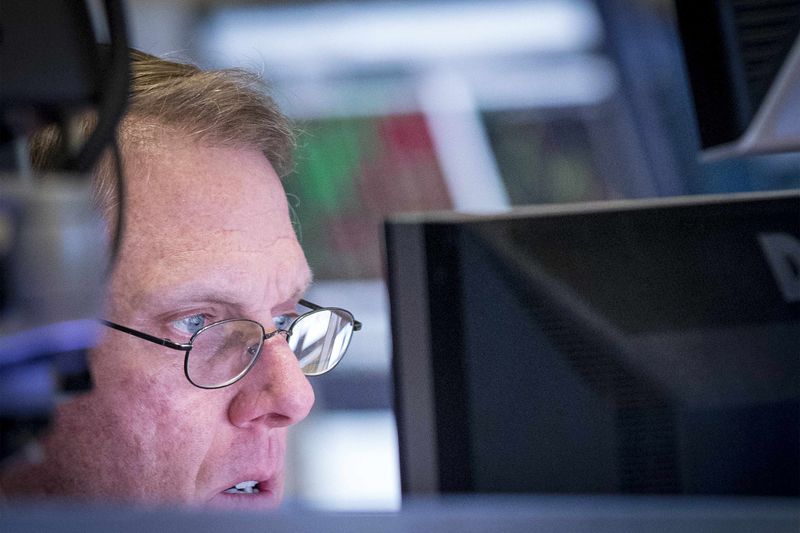By Swati Pandey
SYDNEY, June 5 (Reuters) - New Zealand once boasted one of the world's highest-yielding currencies, making it a favourite for investors chasing income - now, growing prospects of negative interest rates at home have lumped the kiwi with Japan's safe and boring yen.
The Reserve Bank of New Zealand's policy rates have already plunged from 8.25% before the 2008 financial crisis to a mere 0.25% now.
The central bank seems set to take them negative, to lower borrowing costs for banks and businesses and stimulate an economy reeling from the coronavirus. spells a sharp turnaround for the kiwi and the investment-grade New Zealand bond market, both of which have been classic "carry" trades," where investors borrow in low-yielding currencies such as the yen or the euro for riskier yet higher yielding assets.
Frank Jasper, who manages investments for New Zealand-based Fisher Funds, is now looking to rebalance his portfolio as kiwi-denominated assets lose their lustre.
"For the first time in my life, gold could have a role to play in our portfolios," he added.
Although traditionally an asset sought during times of crisis and downturns, the precious metal has risen 12% so far this year, even as riskier assets have rallied.
Investors such as Jasper are already diversifying significantly, he said, pouring money into emerging market debt and currencies.
"Most clients will have to take some additional risk in their portfolios," Jasper told Reuters. "We have had to pivot away from heavily weighing on government bonds, like we usually do, towards having relatively high grade corporate bonds."
If the RBNZ does adopt negative rates, New Zealand would join Japan, Sweden, Denmark and other European countries that have done the same, removing a lucrative market for yield-hungry investors.
The U.S. Federal Reserve and Bank of England are also seen toying with the idea.
Japanese investors, who traditionally invest in Australia and New Zealand for their high yields, say they may have to buy longer-term kiwi bonds, if at all, to get any income.
"The New Zealand yield curve will end up looking like the Japanese yield curve. This means we can't make that much money, but we won't be losing money either," said Akira Takei, a global fixed income fund manager at Asset Management One in Tokyo.
RISK ON, RISK OFF
The kiwi has traditionally been a proxy for economic growth, one that would appreciate when the macro backdrop was positive and encouraged risk-taking or yield-hunting.
Under negative rates, it might behave more like the yen, becoming a currency that's backed by an extremely dovish central bank.
"Under normal circumstances we would call for the kiwi to strengthen during periods of market optimism. However, the ultra-dovish stance of the RBNZ may prevent it from performing well," said Charalambos Pissourous, Cyprus-based senior market analyst at JFD Group.
"It may be the only risk-linked currency that could underperform even during risk-on periods."
Already, the kiwi has underperformed its Australian cousin AUDNZD=R , slipping more than than 8.0% between mid-March and mid-May, led by central bank policy divergence between the two countries with Australia ruling out negative rates as a policy option.
These factors could also hit liquidity. Although New Zealand's economy is nominally ranked around the world's 50th largest, its free-floating currency is the 10th most traded, thanks to its historic yield advantage and its financial markets being among the first to open in Asia.
Fergus McDonald, Head of Bonds and Currency at Nikko AM NZ, believes negative rates, if they happen, would support some local assets but also drive some funds offshore.
"Equity and property markets should also move higher," he told Reuters. "We would expect an ongoing rotation out of bond and cash assets to areas that have a higher earning capacity."
<^^^^^^^^^^^^^^^^^^^^^^^^^^^^^^^^^^^^^^^^^^^^^^^^^^^^^^^^^^^ Central bank policy rates
https://tmsnrt.rs/36XgOja
^^^^^^^^^^^^^^^^^^^^^^^^^^^^^^^^^^^^^^^^^^^^^^^^^^^^^^^^^^^>
